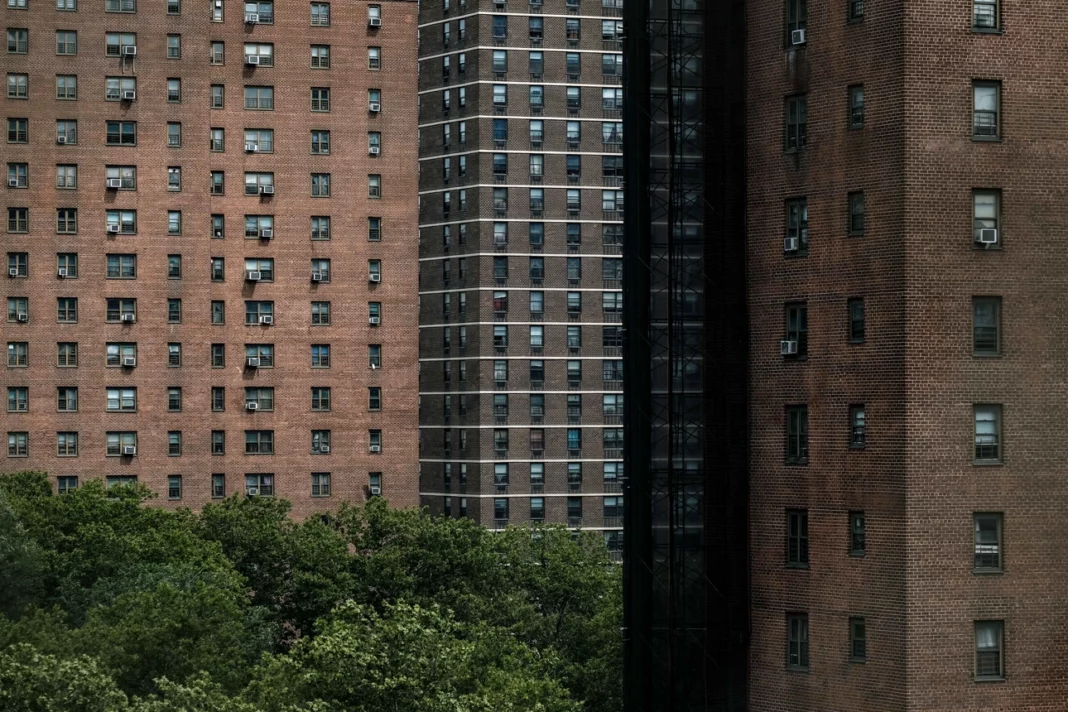Too many people believe that homelessness comes from drug use, immigration or simply bad financial decisions, but these beliefs are far from true. Homelessness comes as a result of many reasons that should be considered and addressed by politicians seriously.
According to a report on measuring unemployment by Politico; “When most Americans think of homelessness, they think of tent cities and panhandlers. Yet the larger problem of housing loss is far more complicated and much of it is invisible. Many people who lose their home are employed full time but earn too little to afford rent. Many move in with relatives or live in their cars or temporary arrangements. Often, they are families. And we don’t really know how many they are.
Housing loss is caused by a wide range of factors, including evictions, foreclosures, eminent domain takings and natural disasters. These forced displacements are intensely traumatic, and lead to homelessness and housing instability, job loss, adverse health and educational impacts, and downward economic mobility.
And still, the federal government collects almost no data on how many people lose their homes each year, where, and why.
It is said you can’t fix something you can’t measure. If America wants to get serious about making sure people have a roof over their heads and ending the homelessness crisis that voters consistently list as a top concern, then it needs to start tracking the number of people who lose their homes each year. Just as America has a national unemployment rate, it should establish a National Housing Loss Rate.
The housing metrics we do track show that America ended 2022 in a deep and unprecedented housing crisis with few signs of easing.
This crisis has been building for decades, in part because we don’t have the metrics to see it. Studies have shown that for the past 40 years, housing supply has not kept pace with demand, resulting in a housing shortage ranging between 2 million and 6 million homes. Yet across America, a combination of recalcitrant homeowners and outdated zoning laws routinely block attempts to build more housing.
The low supply of housing is one reason housing prices are skyrocketing. In 2022, for the first time in history, median rent nationwide exceeded $2,000, and nearly half of all renters are “housing-cost burdened,” meaning they spend more than 30 percent of their income on rent.
Meanwhile, homeowners have been hit by the double whammy of interest rate hikes and soaring home prices. Not only did the price of homes increase by more than 10 percent in just one year between 2021 and 2022, but skyrocketing interest rates have nearly doubled median monthly mortgage payments over that same time period, from $1,242 to $2,044.
The Covid-19 pandemic brought fleeting relief for some, as the federal government provided temporary rental and mortgage assistance and passed eviction and foreclosure moratoriums. The provision of financial assistance and moratoriums were intended to work together to stave off housing loss during the height of job and income losses.
But those moratoriums have long-since lapsed, and federal assistance funds have largely dried up, launching U.S. cities and counties into a “choose your own housing policy adventure” that is largely untethered from data and puts the housing stability of renters and homeowners at the whims of local politicians.” READ MORE
DISCLAIMER: The content of Pro Liberation is firmly opinionated and is not meant to be interpreted as official news. We glean facts and quotes from mainstream news websites and abridge its meaning for readers to relate. We do not indulge in misinformation, conspiracy theories, or false doctrine but choose to express our right to free speech as citizens of this country and free born under God the Creator. We represent Nu Life Alliance Inc. a non-profit organization in the battle for social and economic justice. Donate to our cause at the following link. DONATE














